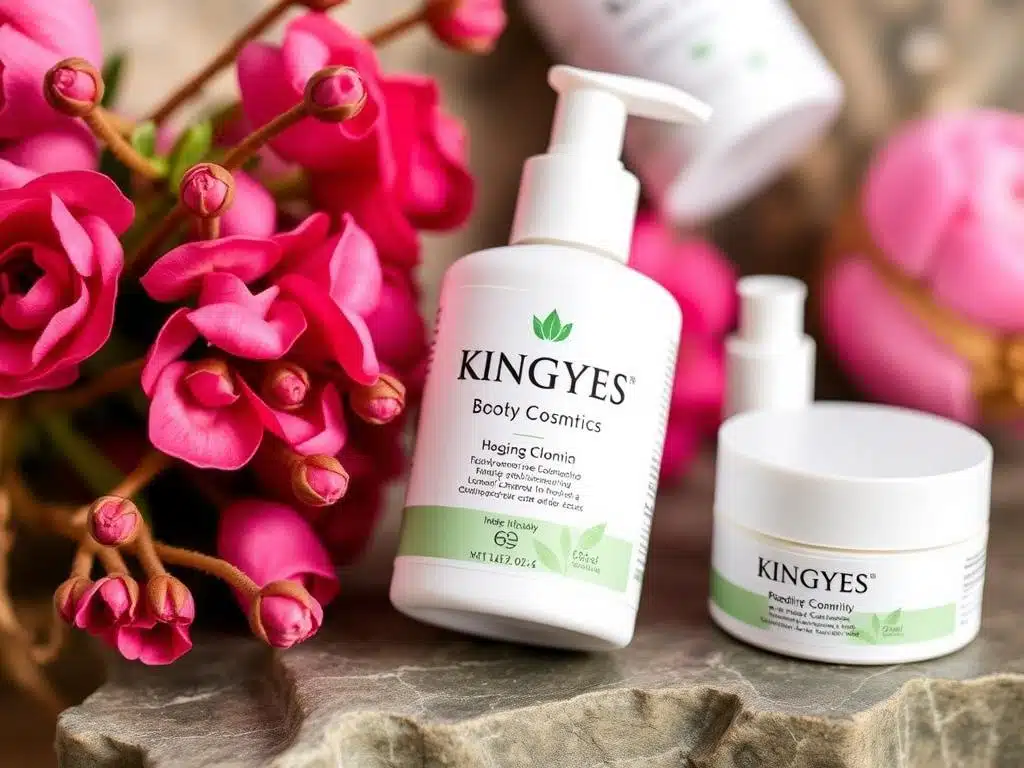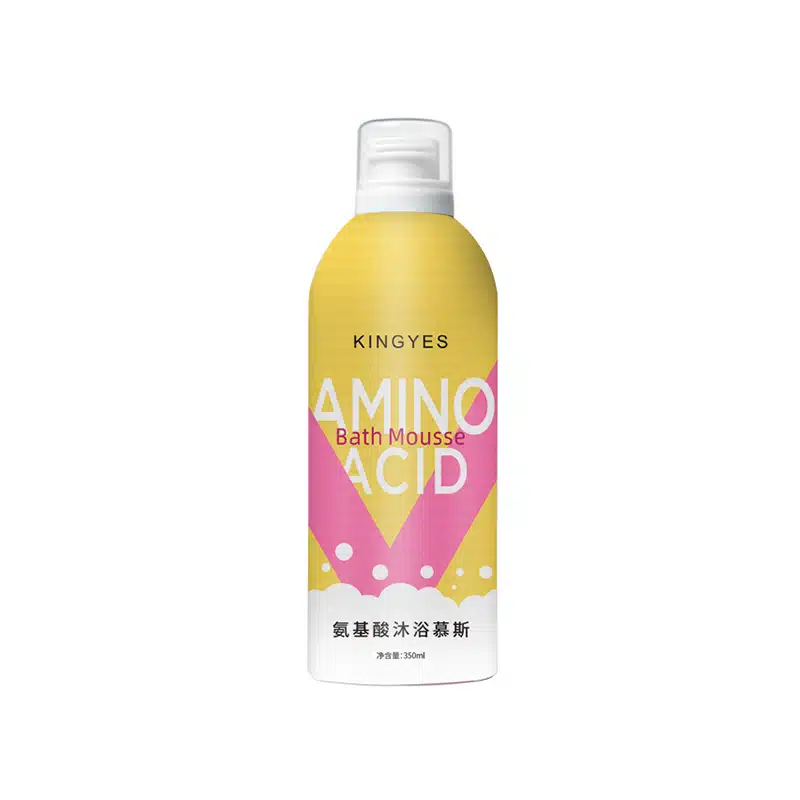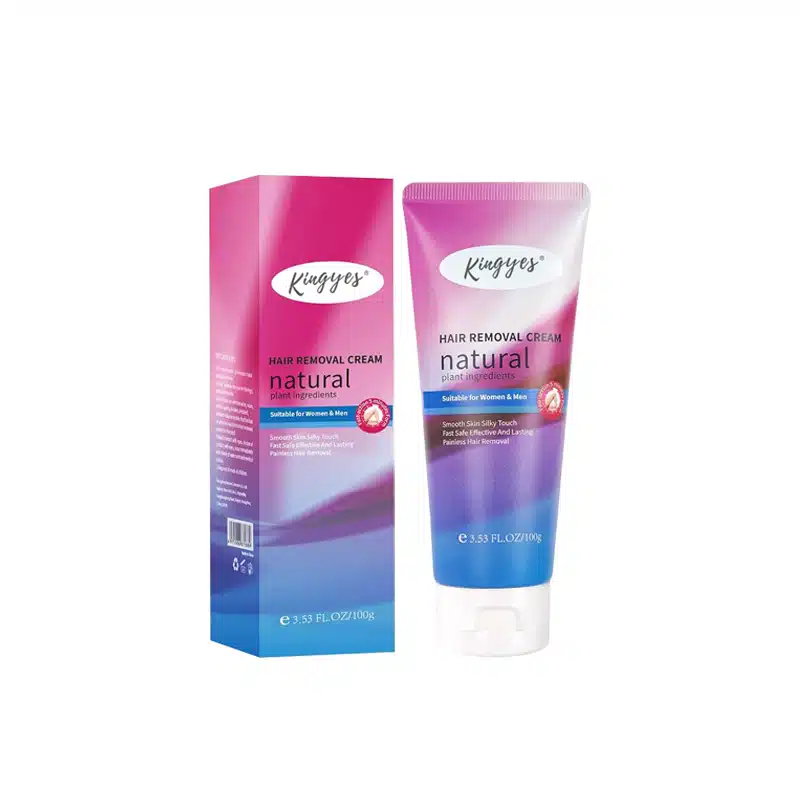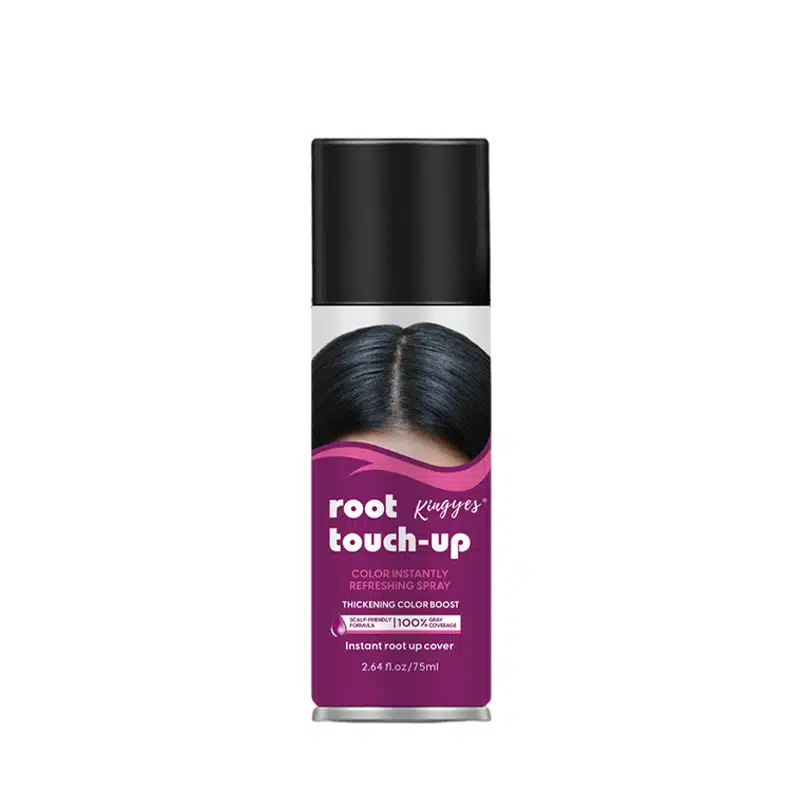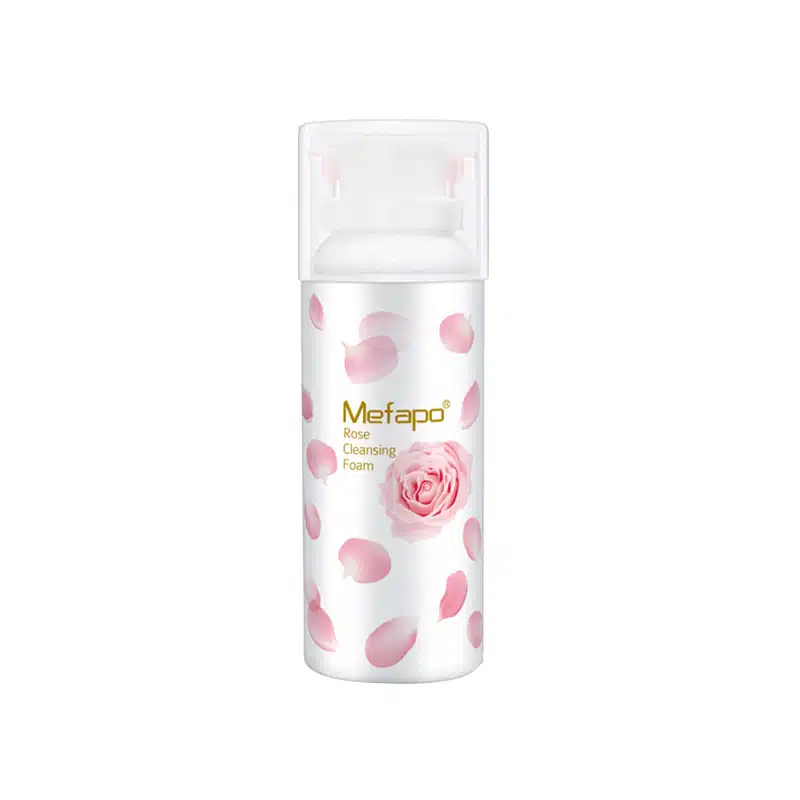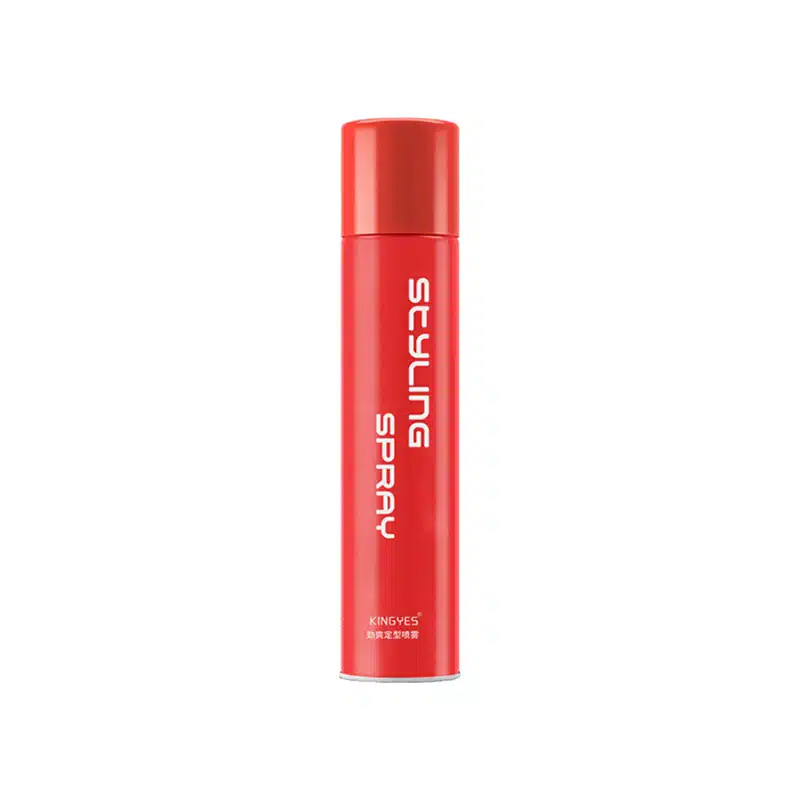
What Are Eco-friendly Cosmetics?
Table of Contents
Green Glamour: Unveiling the World of Eco-Friendly Cosmetics
The beauty industry is undergoing a transformation, with more and more consumers seeking sustainable and eco-friendly options. But what exactly are eco-friendly cosmetics? This article dives deep into the world of sustainable beauty, exploring what makes a cosmetic or makeup brand truly eco-friendly, the benefits of going green with your beauty routine, and how to identify sustainable cosmetics. We’ll uncover the impact of the beauty industry on the environment and reveal how you can make more conscious choices, including incorporating sustainable skin care products. Discover how to make your beauty routine kinder to the planet without sacrificing quality or performance. This article will define what makes a cosmetic eco-friendly. You will learn about some great cosmetic brands and the benefits of going green.
What are Eco-Friendly Cosmetics?
Eco-friendly cosmetics, also known as sustainable cosmetics, are beauty products that are designed to minimize their impact on the environment throughout their entire lifecycle. This includes sourcing, manufacturing, packaging, and disposal. These products prioritize using natural and organic ingredients that are sustainably sourced and avoid harmful chemicals that can pollute the environment or harm human health. Cosmetics with natural ingredients are better for the environment. Sustainable beauty brands take a holistic approach to reducing their environmental footprint. Sustainable is a broad term that encompasses many factors. Many brands are striving to become more eco-friendly.
Eco-friendly cosmetics often come in sustainable packaging made from recycled, reusable, or biodegradable materials, such as glass, bamboo, or recycled plastic. Some brands even offer refill options to further reduce waste. The goal is to create products that are better for both people and the planet. Eco-friendly products are designed to protect the environment. Using eco-friendly products is becoming more popular.
Why is Sustainability Important in the Beauty Industry?
The beauty industry has a significant environmental impact. Traditional cosmetic products often contain ingredients that are derived from non-renewable resources, such as petroleum, and may involve manufacturing processes that generate pollution and waste. Many cosmetic products also use excessive plastic packaging, which contributes to the global plastic pollution crisis. Plastic is one of the biggest pollutants on the planet. Some makeup products contain tiny pieces of plastic that are washed into the water system.
Sustainability is crucial in the beauty industry to mitigate these negative impacts. By embracing sustainable practices, beauty brands can reduce their carbon footprint, conserve resources, minimize waste, and promote a healthier planet. Consumers are also becoming increasingly aware of the environmental impact of their purchasing decisions and are seeking out sustainable alternatives. This is helping to improve the sustainability of the cosmetics industry. Sustainable products are becoming more popular.
What are the Key Ingredients to Look for in Eco-Friendly Cosmetics?
Eco-friendly cosmetics prioritize natural and organic ingredients that are sustainably sourced and safe for both humans and the environment. They are made without harmful chemicals. Here are some key ingredients to look for:
- Organic Ingredients: Ingredients that are grown without the use of synthetic pesticides, herbicides, or fertilizers. Organic ingredients are better for the environment and your skin.
- Botanical Extracts: Plant-derived extracts, such as aloe vera, chamomile, and green tea, which offer various skincare benefits. These are often found in natural makeup.
- Essential Oils: Concentrated plant oils that provide fragrance and therapeutic properties. These are popular in clean makeup.
- Natural Oils and Butters: Ingredients like shea butter, coconut oil, and jojoba oil, which moisturize and nourish the skin. They are often used in natural makeup and skincare.
- Mineral Pigments: Naturally occurring minerals, such as iron oxides and zinc oxide, which are used as colorants in makeup products. They are safer than chemical alternatives.
Ingredients to Avoid:
- Parabens: Synthetic preservatives that have been linked to hormone disruption.
- Phthalates: Chemicals used to soften plastics and enhance fragrance, which may have adverse health effects.
- Sulfates: Harsh detergents that can strip the skin and hair of their natural oils. They are harmful to the environment.
- Synthetic Fragrances: Artificial scents that can cause skin irritation and allergic reactions. Some are also bad for the environment.
- Petroleum-Based Ingredients: Ingredients derived from petroleum, a non-renewable resource. These ingredients are not sustainable.
Products free from these chemicals are better for your health and the environment. Sustainable products use ingredients that are safe for humans and the environment.
Understanding Eco-Friendly and Sustainable Packaging
Packaging plays a significant role in the environmental impact of cosmetic products. Eco-friendly packaging aims to minimize waste and reduce the use of non-renewable resources. Sustainable packaging is a key part of eco-friendly beauty. Here are some common examples of sustainable packaging:
- Recycled Materials: Packaging made from recycled plastic, glass, paper, or aluminum. Many brands are using recycled paper for their outer packaging.
- Reusable Containers: Glass or metal containers that can be reused multiple times. These are often used for refill products.
- Refillable Packaging: Products that can be refilled, reducing the need for single-use containers. Refillable packaging is becoming more common.
- Biodegradable Materials: Packaging made from materials that can decompose naturally, such as bamboo, sugarcane, or cornstarch. These materials are better for the environment than plastic.
- Minimalist Packaging: Reducing the amount of packaging used, eliminating unnecessary boxes or wrappers. This helps to reduce the load on the environment.
Sustainable beauty brands are increasingly adopting innovative packaging methods to minimize their environmental footprint. Some companies offer refill programs, allowing customers to return empty containers for refilling, while others use biodegradable or compostable materials. The aim is to reduce plastic waste. Many companies use eco-friendly materials.
How Can You Identify Truly Sustainable Beauty Brands?
With so many brands claiming to be eco-friendly, it can be challenging to identify those that are truly sustainable. Here are some tips to help you make informed choices and choose truly sustainable beauty brands:
- Look for Certifications: Reputable third-party certifications, such as USDA Organic, Ecocert, COSMOS, and Leaping Bunny (cruelty-free), can provide assurance that a brand meets certain sustainability standards. These certifications show that the products are made from natural ingredients.
- Read Ingredient Lists: Pay close attention to the ingredient lists and look for natural and organic ingredients. Avoid products that contain harmful chemicals on the list above.
- Research the Brand’s Sustainability Practices: Visit the brand’s website and look for information about their sourcing, manufacturing, packaging, and disposal practices. Look for transparency and detailed information. Check if they are creating sustainable products.
- Check for Cruelty-Free: Ensure that the brand does not test on animals and that their products are cruelty-free. Vegan products are also becoming more popular. Cruelty-free products are more ethical.
- Consider the Packaging: Look for brands that use sustainable packaging made from recycled, reusable, or biodegradable materials. Many brands are moving away from plastic packaging.
- Read Reviews: See what other consumers have to say about the brand’s sustainability claims and the effectiveness of their products. This can help you decide whether the products are right for you.
- Avoid Greenwashing: Be aware that some companies use eco-friendly terms as a marketing ploy without genuine sustainable practices.
By being a conscious consumer and doing your research, you can identify beauty brands that are truly committed to sustainability.
What are Some Examples of Sustainable Beauty Practices?
Sustainable beauty encompasses a wide range of practices aimed at minimizing the environmental impact of cosmetic products. Here are some examples of sustainable beauty practices:
- Using Natural and Organic Ingredients: Choosing ingredients that are grown without harmful pesticides or fertilizers and are sustainably sourced. Natural ingredients are better for the environment and your skin.
- Reducing Water Consumption: Implementing water-saving measures in manufacturing processes and formulating products that require less water during use. Some products are waterless.
- Conserving Energy: Using renewable energy sources in manufacturing facilities and reducing energy consumption throughout the supply chain. Many brands are striving to reduce their carbon footprint.
- Minimizing Waste: Reducing waste generation in manufacturing, packaging, and distribution. Many brands are moving towards zero waste.
- Ethical Sourcing: Ensuring that ingredients are sourced ethically and sustainably, supporting local communities and protecting biodiversity. This includes ensuring ingredients are not tested on animals.
- Cruelty-Free Practices: Avoiding animal testing and using vegan alternatives. This is an important part of ethical beauty.
- Sustainable Packaging: Using recycled, reusable, biodegradable, or compostable packaging materials. This is a crucial part of reducing waste.
- Carbon Offset Programs: Investing in projects that offset carbon emissions, such as reforestation or renewable energy initiatives. This can help brands achieve carbon neutrality.
- Supporting Environmental Causes: Many clean beauty brands are donating to charities that protect the environment.
These practices demonstrate a commitment to creating cosmetic products that are environmentally responsible and promote a healthier planet.
The Benefits of Switching to Eco-Friendly Cosmetics
Switching to eco-friendly cosmetics offers numerous benefits for both the environment and your personal well-being:
Environmental Benefits:
- Reduced Pollution: Eco-friendly cosmetics minimize pollution by avoiding harmful chemicals that can contaminate water and soil. This helps to keep the environment clean.
- Conservation of Resources: Sustainable practices conserve natural resources by using recycled materials, reducing water and energy consumption, and promoting sustainable sourcing.
- Lower Carbon Footprint: Eco-friendly cosmetics often have a lower carbon footprint due to reduced energy consumption, sustainable transportation methods, and carbon offset programs.
- Protection of Biodiversity: Sustainable sourcing and ethical practices help protect biodiversity by avoiding over-harvesting of plant species and supporting sustainable agriculture.
Personal Benefits:
- Healthier Skin: Natural and organic ingredients are often gentler on the skin and less likely to cause irritation or allergic reactions. They are great for sensitive skin.
- Reduced Exposure to Harmful Chemicals: Eco-friendly cosmetics avoid toxic chemicals that have been linked to health problems. They are a healthier choice for your skin.
- Peace of Mind: Knowing that you are using products that are better for the environment and your health can provide peace of mind and a sense of well-being. You are helping to look after the planet.
- Support for Ethical Practices: Choosing eco-friendly cosmetics often means supporting brands that are committed to ethical sourcing, fair labor practices, and cruelty-free standards. You are helping to promote ethical beauty.
Many people use eco-friendly cosmetics for their skin deep benefits. They are a great choice for natural skincare.
Are Eco-Friendly Cosmetics More Expensive?
It’s a common misconception that eco-friendly cosmetics are always more expensive than conventional products. While some sustainable beauty brands do have higher price points due to the cost of sourcing organic ingredients, using sustainable packaging, and implementing ethical practices, there are also many affordable options available. There are effective products available at all price points.
Here are some factors that can influence the price of eco-friendly cosmetics:
- Ingredient Quality: Organic and sustainably sourced ingredients are often more expensive than conventional ingredients.
- Packaging Costs: Sustainable packaging materials can sometimes be more costly than traditional plastic packaging.
- Manufacturing Processes: Sustainable manufacturing practices, such as using renewable energy or implementing water-saving measures, may involve higher upfront costs.
- Certifications: Obtaining third-party certifications, such as organic or cruelty-free certifications, can add to the cost of production.
- Brand Positioning: Some sustainable beauty brands position themselves as luxury or premium brands, which can be reflected in their pricing.
However, it’s important to consider the long-term value of eco-friendly cosmetics. While the upfront cost may be higher in some cases, these products often last longer because they are more concentrated and require less product per use. Additionally, the benefits to your health and the environment can outweigh the higher price tag for many consumers. There are also many affordable options on the beauty market.
| Feature | Eco-Friendly Cosmetics | Conventional Cosmetics |
|---|---|---|
| Ingredients | Prioritize natural, organic, and sustainably sourced ingredients. Avoid harmful chemicals like parabens, phthalates, sulfates, and synthetic fragrances. | May contain synthetic chemicals, petroleum-based ingredients, and artificial fragrances that can be harmful to health and the environment. |
| Packaging | Often use sustainable packaging made from recycled, reusable, biodegradable, or compostable materials like glass, bamboo, or recycled plastic. | Typically use plastic packaging, which contributes to plastic pollution. |
| Manufacturing | Emphasize sustainable practices such as reducing water and energy consumption, minimizing waste, and using renewable energy sources. | May involve manufacturing processes that generate pollution and waste. |
| Certifications | May have certifications like USDA Organic, Ecocert, COSMOS, and Leaping Bunny (cruelty-free). | May lack certifications or have less stringent certifications. |
| Animal Testing | Cruelty-free; do not test on animals. | May test on animals or sell products in countries that require animal testing. |
| Environmental Impact | Designed to minimize environmental impact throughout their lifecycle. | May have a greater environmental impact due to ingredient sourcing, manufacturing processes, packaging, and disposal. |
| Price | Can be more expensive due to the cost of sourcing organic ingredients, using sustainable packaging, and implementing ethical practices. | Generally less expensive, but prices can vary widely depending on the brand and product. |
| Health Benefits | Often gentler on the skin and less likely to cause irritation or allergic reactions due to the use of natural and organic ingredients. | May contain ingredients that can cause skin irritation, allergic reactions, or other health problems. |
| Brand Values | Often associated with ethical sourcing, fair labor practices, and a commitment to sustainability. | Brand values vary widely, with some brands prioritizing sustainability and ethical practices while others do not. |
How Can I Incorporate Eco-Friendly Cosmetics into My Makeup Routine?
Transitioning to an eco-friendly makeup routine doesn’t have to be overwhelming. You can start by making small changes and gradually incorporating more sustainable products over time. Here are some tips:
- Use Up Existing Products: Finish using your current makeup products before replacing them with eco-friendly alternatives. This helps to reduce waste.
- Replace Products Gradually: As you run out of products, replace them with sustainable options. Start with products you use most frequently, such as mascara, foundation, or lip balm.
- Simplify Your Routine: Consider simplifying your beauty routine by reducing the number of products you use. This can save you money and reduce your environmental impact. Consider multi-purpose products.
- Choose Multi-Purpose Products: Look for products that can serve multiple purposes, such as a lip and cheek tint or a tinted moisturizer with SPF. This reduces the need for multiple products.
- Opt for Sustainable Packaging: Choose products that come in sustainable packaging, such as glass jars, metal tins, or refillable containers. Avoid products with excessive plastic packaging. Many brands are reducing their product packaging.
- Try Solid Cosmetics: Consider using solid cosmetic products, such as shampoo bars, conditioner bars, or solid lotion bars, which often come in minimal or zero-waste packaging.
- Use Reusable Tools: Invest in reusable makeup remover cloths, cotton rounds, and makeup brushes. This reduces your reliance on single-use products. You might want to invest in a reusable makeup remover cloth.
- Properly Dispose of Old Products: Recycle or dispose of old cosmetic containers properly. Check with your local recycling program for guidelines on recycling beauty product packaging.
By making these small changes to your beauty routine, you can significantly reduce your environmental impact and create a more sustainable makeup routine. You can also make changes to your beauty routine by using different application tools.
The Future of Sustainable Beauty
The sustainable beauty movement is gaining momentum, and the future of the beauty industry looks increasingly green. Consumers are becoming more conscious of their purchasing decisions, and many brands are responding by creating more sustainable products and adopting eco-friendly practices. The beauty world is changing.
Here are some trends that are shaping the future of sustainable beauty:
- Increased Transparency: Consumers are demanding greater transparency from beauty brands regarding their ingredients, sourcing, and manufacturing practices.
- Clean Beauty 2.0: The clean beauty movement is evolving to encompass not only ingredient safety but also sustainability and ethical practices. There are many clean beauty brands emerging.
- Waterless Beauty: Waterless or water-free cosmetic products, such as solid shampoos and conditioners, are gaining popularity due to their reduced water footprint and concentrated formulas. These products are more environmentally friendly.
- Biotechnology: The use of biotechnology to create sustainable and high-performance ingredients is on the rise.
- Circular Beauty: The concept of a circular economy, where resources are reused and recycled, is gaining traction in the beauty industry. This includes using recycled paper for packaging.
- Personalized Beauty: There is a growing trend towards personalized beauty products, which can reduce waste by ensuring that consumers only purchase products that are tailored to their specific needs.
- Inclusivity The beauty industry is becoming more inclusive, offering a wider range of products that cater to diverse skin tones and hair types.
As consumer demand for sustainable and ethical beauty products continues to grow, the beauty industry will need to adapt and innovate to meet these expectations. The future of beauty is undoubtedly green, and brands that embrace sustainability will be well-positioned for success in the years to come. Sustainable cosmetics are the future of the cosmetics industry. There are many sustainable beauty brands emerging.
Key Takeaways:
- Eco-friendly cosmetics are designed to minimize their impact on the environment throughout their lifecycle. They use natural and organic ingredients.
- Sustainability is crucial in the beauty industry to reduce pollution, conserve resources, and promote a healthier planet. There is a greater emphasis on protecting the environment.
- Look for natural and organic ingredients and avoid harmful chemicals when choosing eco-friendly cosmetics. You should also look for cosmetics with natural ingredients.
- Sustainable packaging options include recycled materials, reusable containers, refillable packaging, and biodegradable materials. Some brands offer eco-friendly packaging.
- You can identify sustainable beauty brands by looking for certifications, researching their practices, and reading reviews.
- Sustainable beauty practices include using natural ingredients, reducing water and energy consumption, minimizing waste, ethical sourcing, and cruelty-free practices.
- Switching to eco-friendly cosmetics offers environmental benefits, such as reduced pollution and resource conservation, as well as personal benefits, such as healthier skin and reduced exposure to harmful chemicals.
- Eco-friendly cosmetics are not always more expensive, and there are affordable options available.
- You can incorporate eco-friendly cosmetics into your makeup routine by making small changes, such as replacing products gradually, choosing multi-purpose products, and opting for sustainable packaging.
- The future of sustainable beauty involves increased transparency, the evolution of clean beauty, waterless products, biotechnology, circular economy principles, and a focus on personalization and inclusivity.
By embracing eco-friendly cosmetics and supporting sustainable beauty brands, you can make a positive impact on the environment while enjoying high-quality, effective beauty products. The sustainable beauty movement is gaining momentum. By making informed choices, you can contribute to a more sustainable and beautiful future. You can use your purchasing power to encourage brands to become more sustainable. You should also encourage brands to use eco-friendly materials. There are many cosmetic products available, so you should be able to find products that are suitable for you. There are products to suit all budgets. Some brands also offer vegan products and cruelty-free products.
Comments
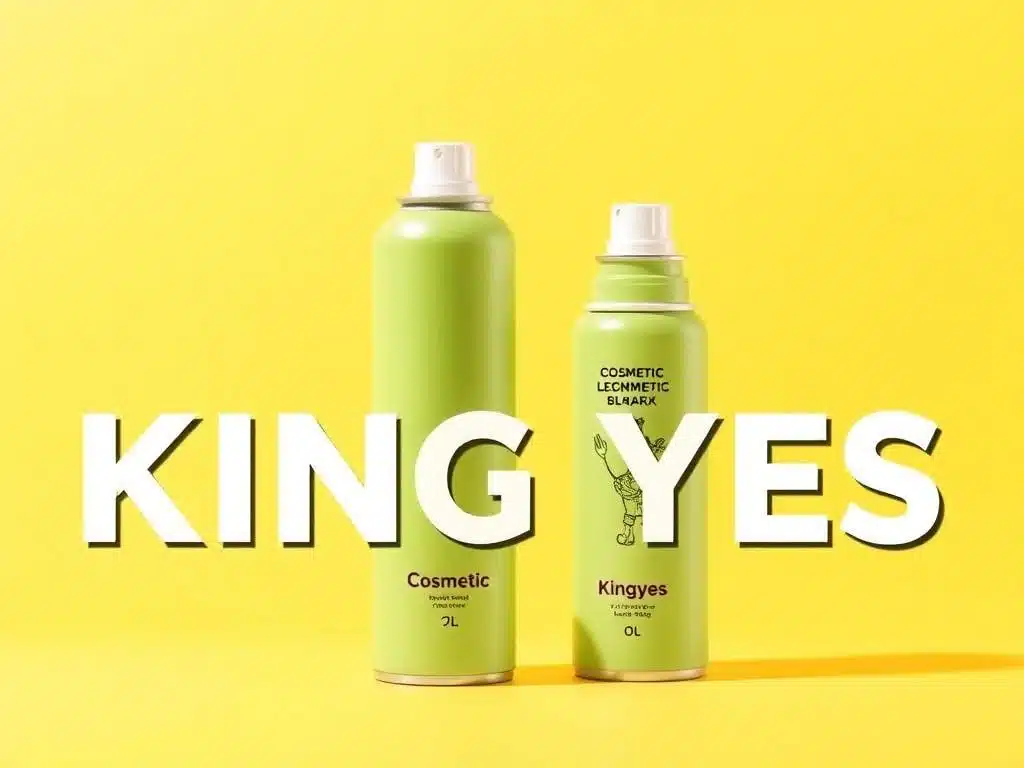
How To Sell Cosmetics On Lazada?
Lazada, a leading e-commerce platform in Southeast Asia, owned by Alibaba, presents a lucrative opportunity for businesses looking to expand their reach and sell cosmetics to a vast and growing online market.

Is Sunscreen Spray Better Than Sunscreen?
Ever wondered if spray sunscreen is better than lotion sunscreen?
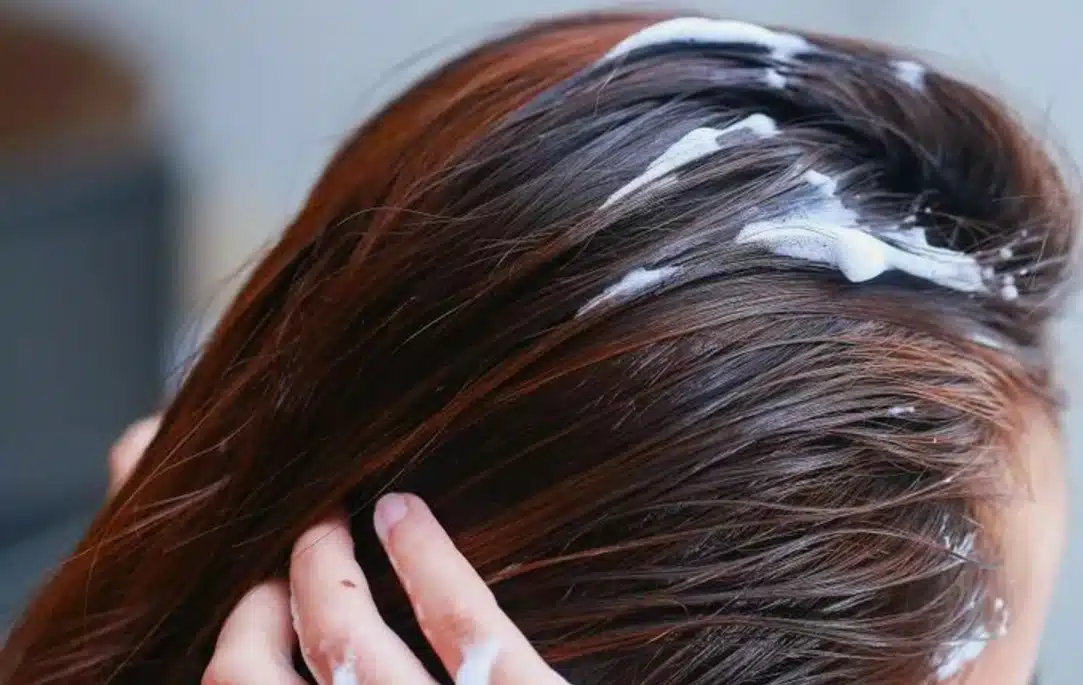
How Do You Use Style Mousse?
Ever wondered which hair mousse is perfect for your hair type?
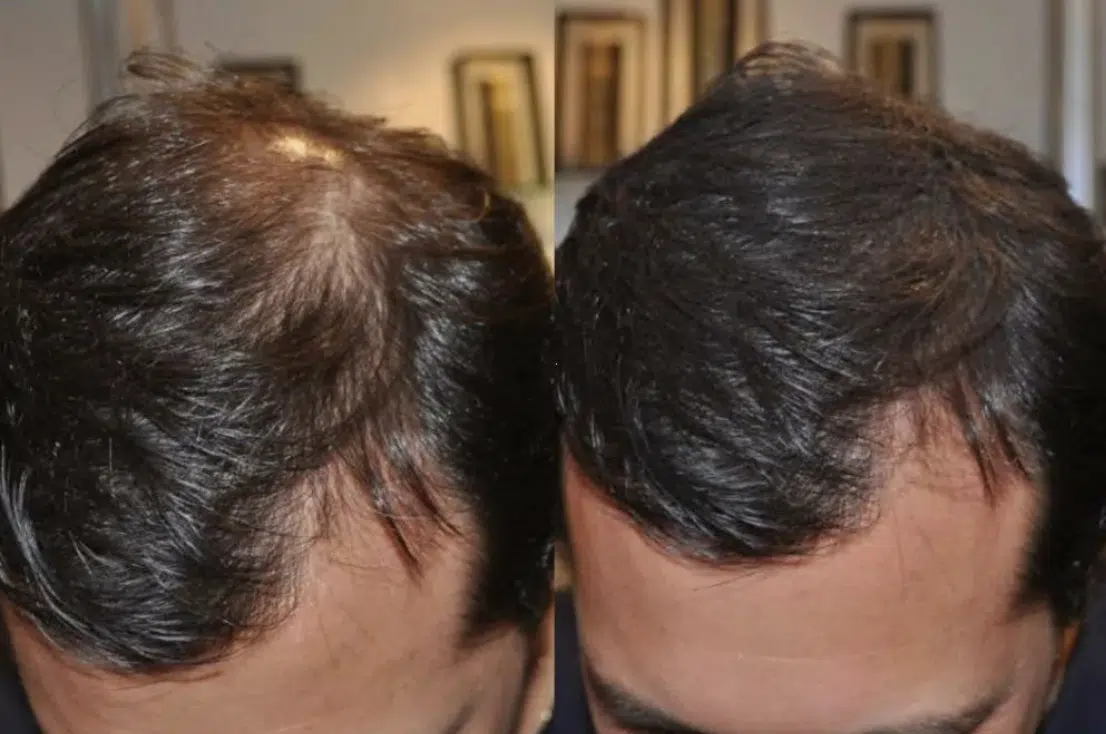
Does Fibre Increase Hair Growth?
Understanding the relationship between hair fibers and hair growth is crucial for anyone dealing with hair loss or thinning hair.
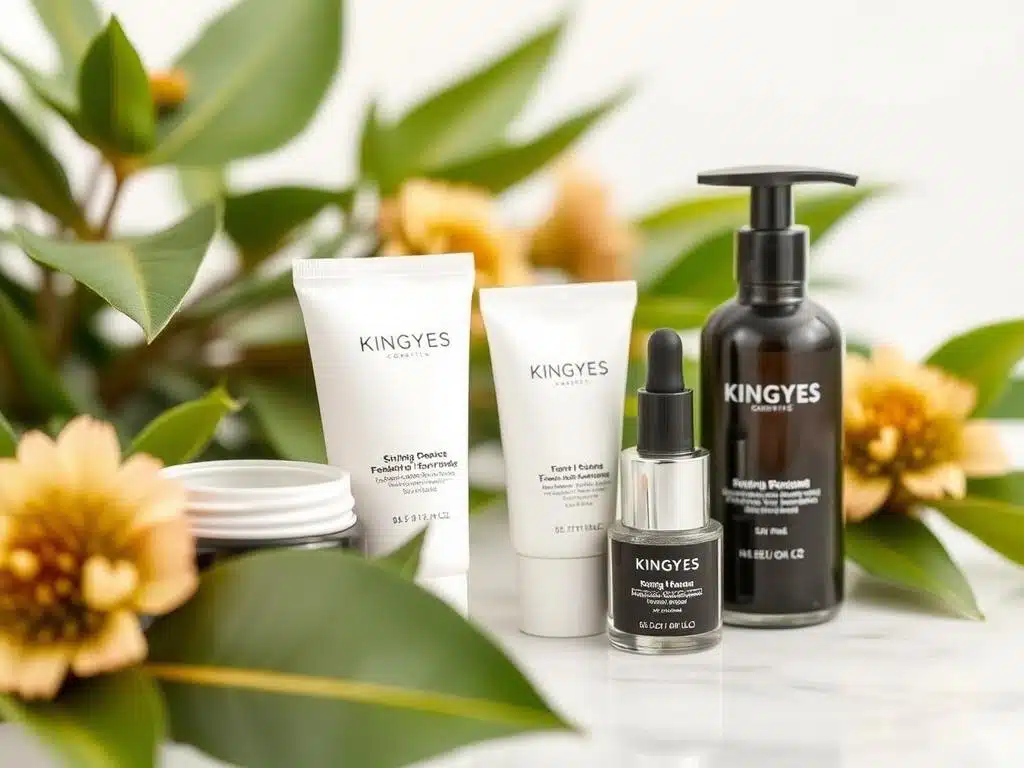
Is KINGYES Cosmetics Environmentally Friendly?
The cosmetic industry is under increasing scrutiny for its environmental impact, from packaging waste to the sourcing of raw materials.
- +86 151 1839 7303
- [email protected]
- Mon-Sun 07:00-23:00
Tags
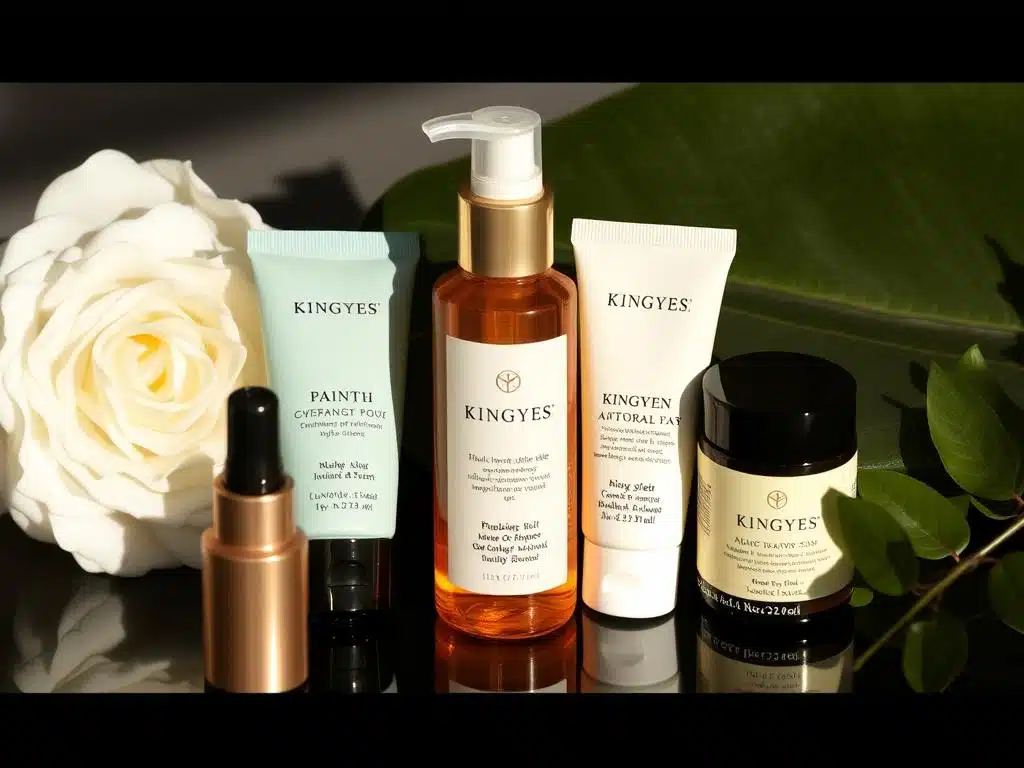
How To Sell Cosmetics On WeChat?
Are you ready to tap into the world’s largest beauty market?

How To Sell Cosmetics On Shopee?
Looking to sell cosmetics and tap into the booming e-commerce market of Southeast Asia?

How To Cooperate With Cosmetics Factories?
In the dynamic and competitive beauty industry, partnering with the right cosmetic manufacturer is paramount to the success of your cosmetics business.


